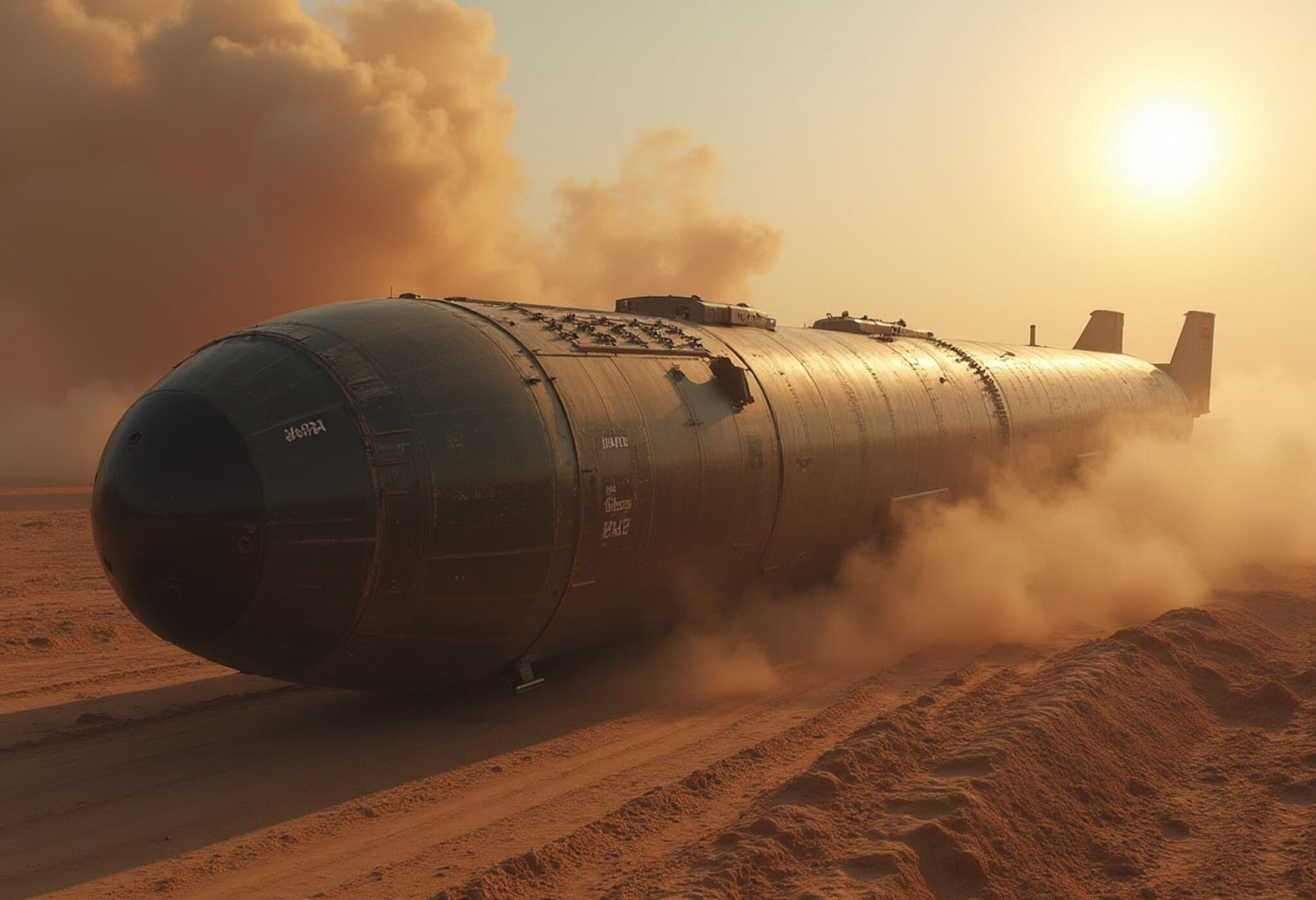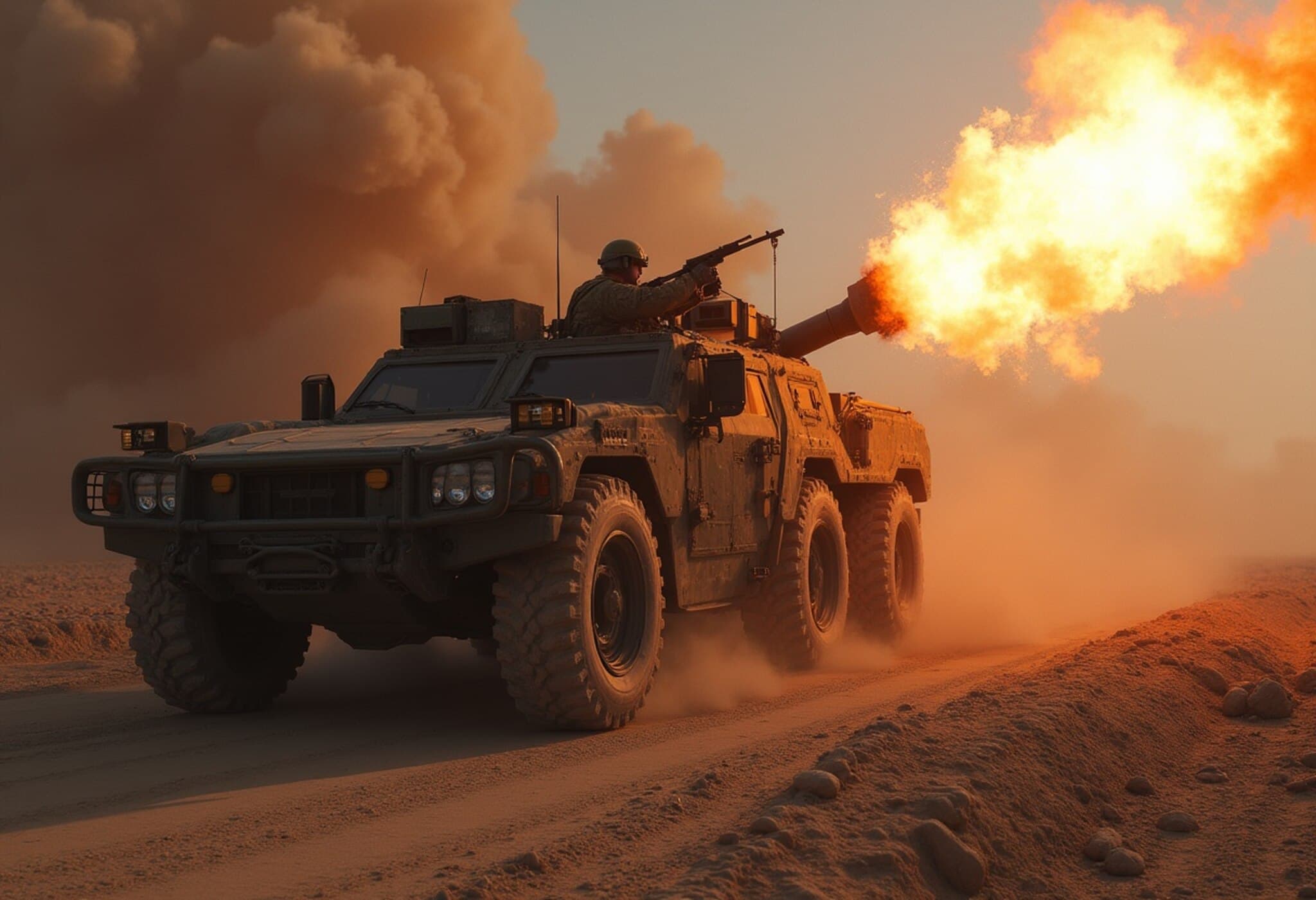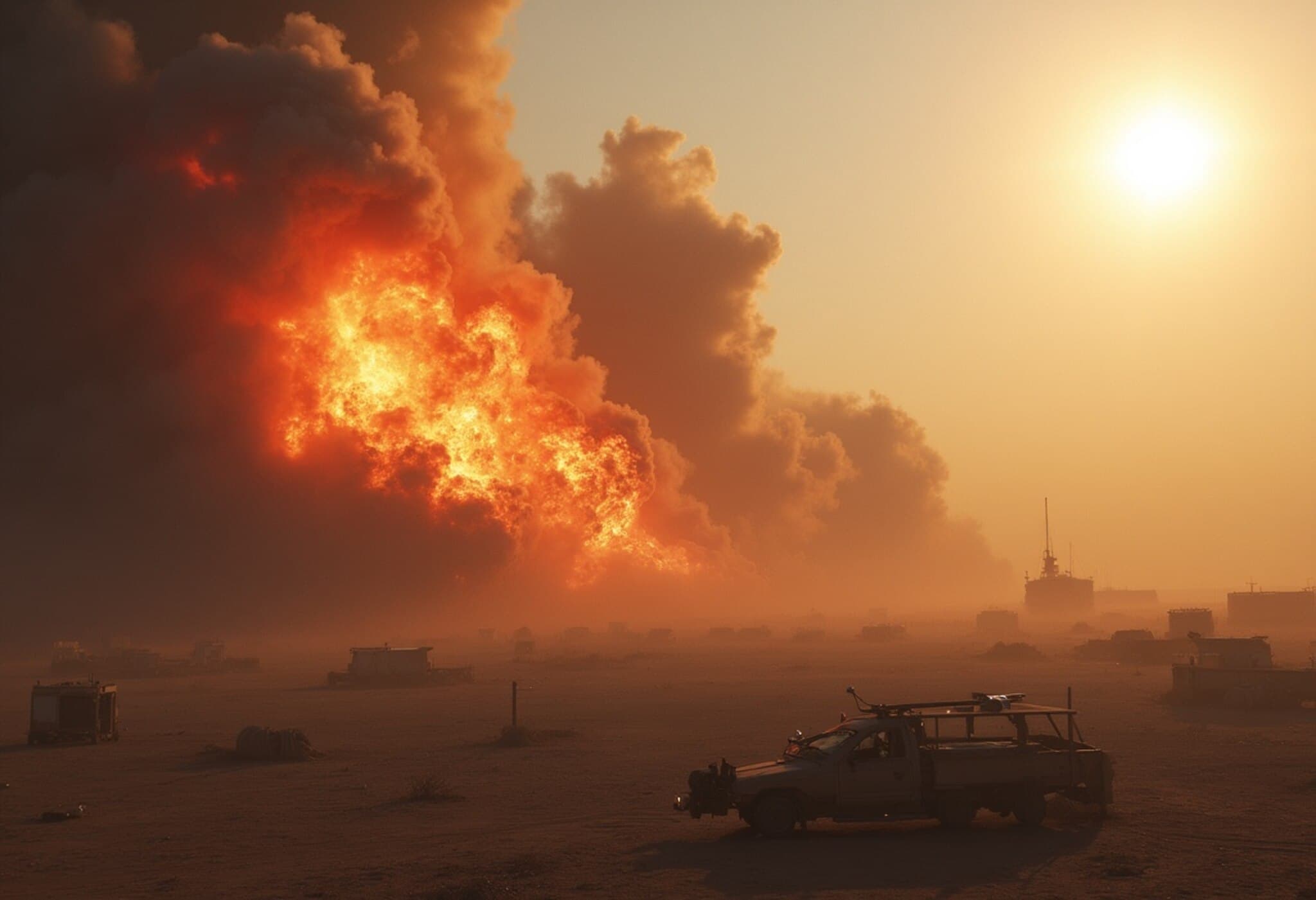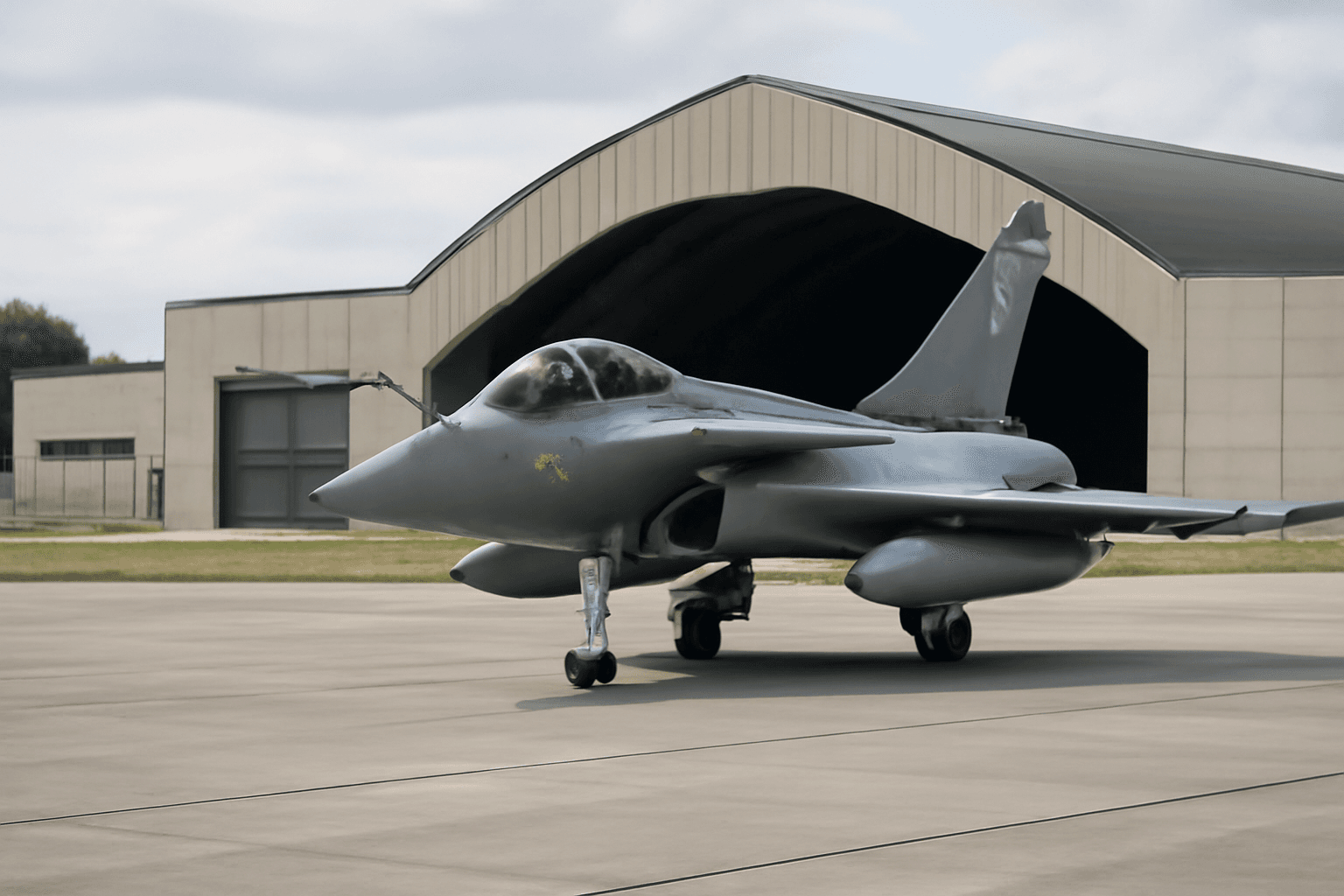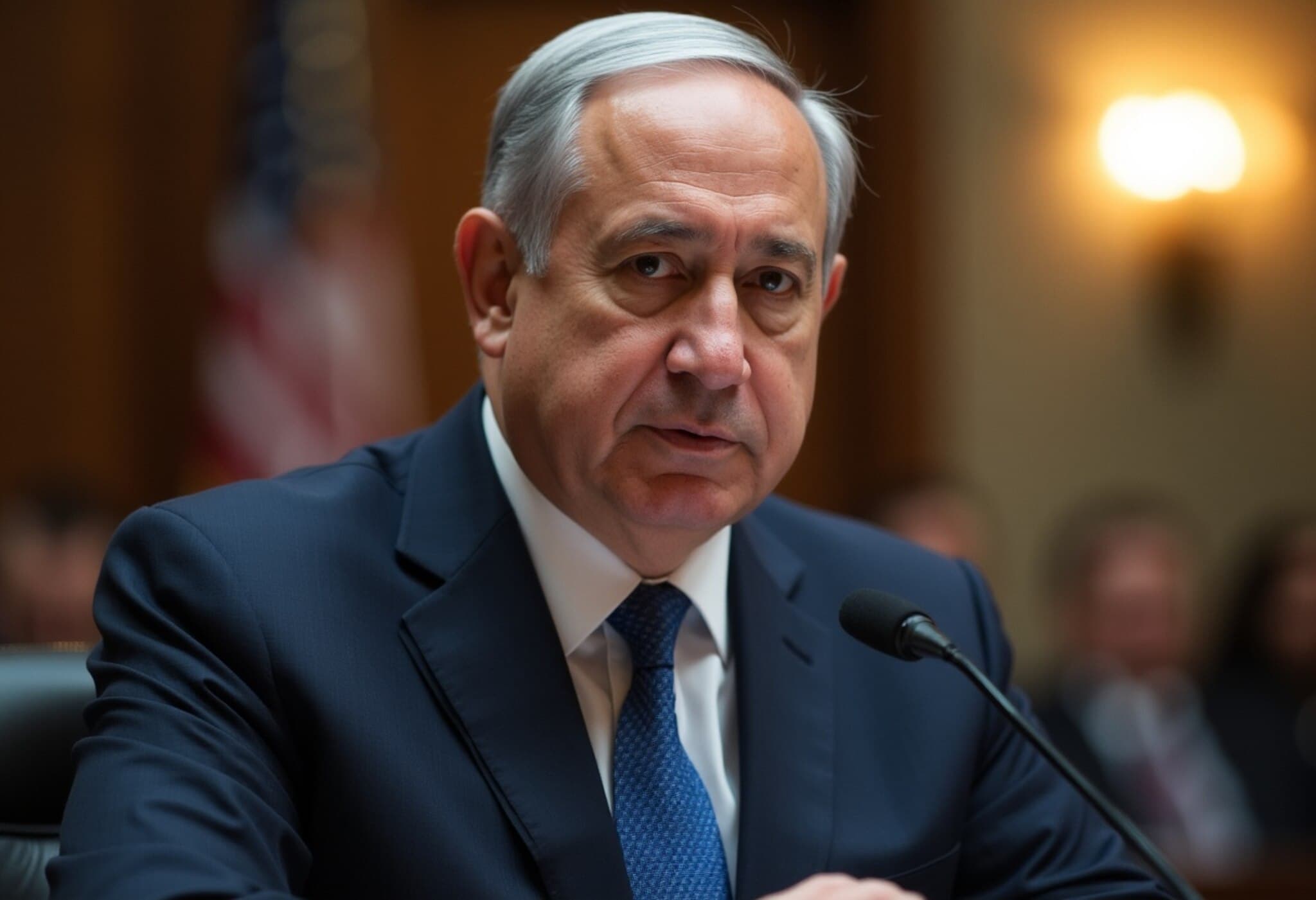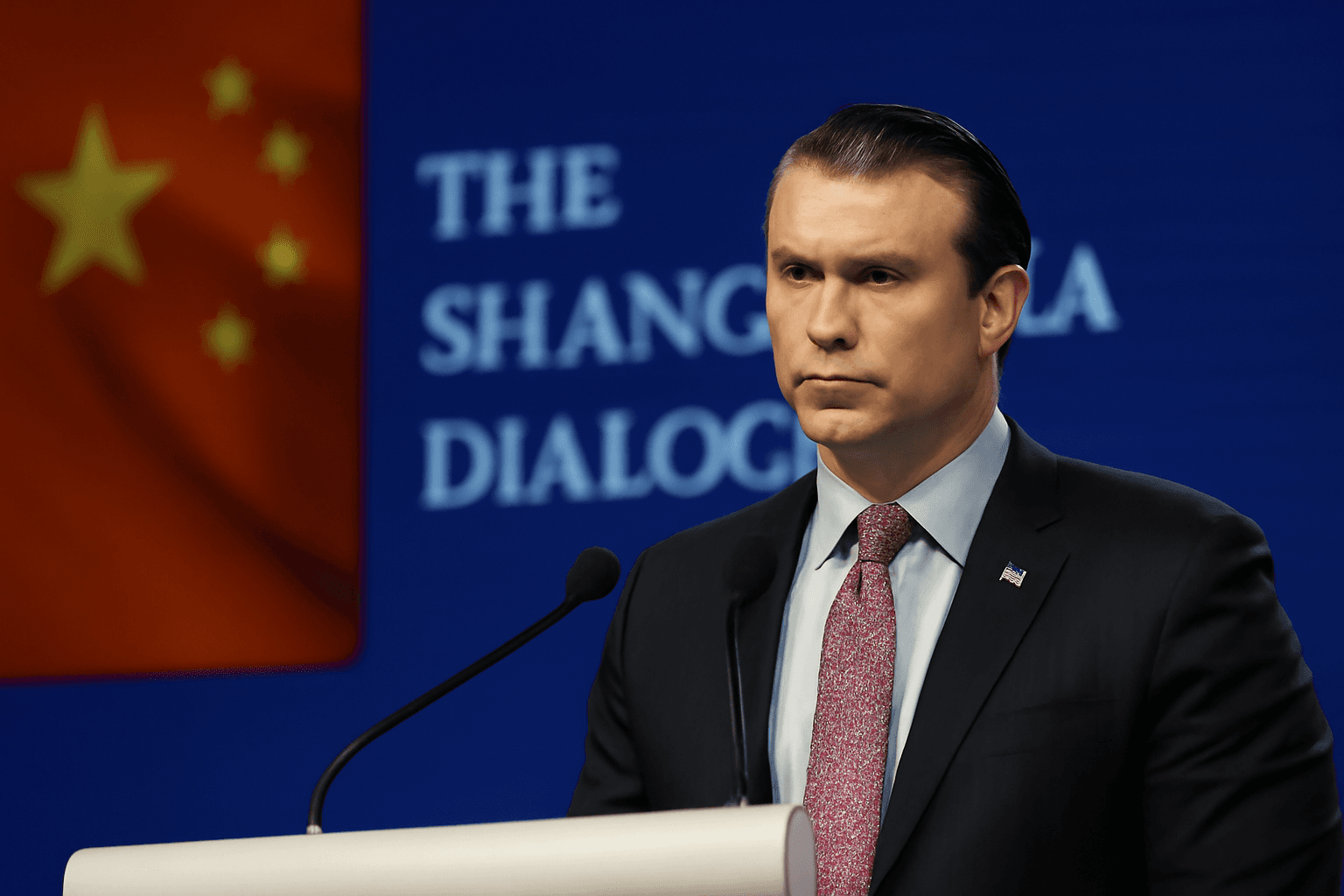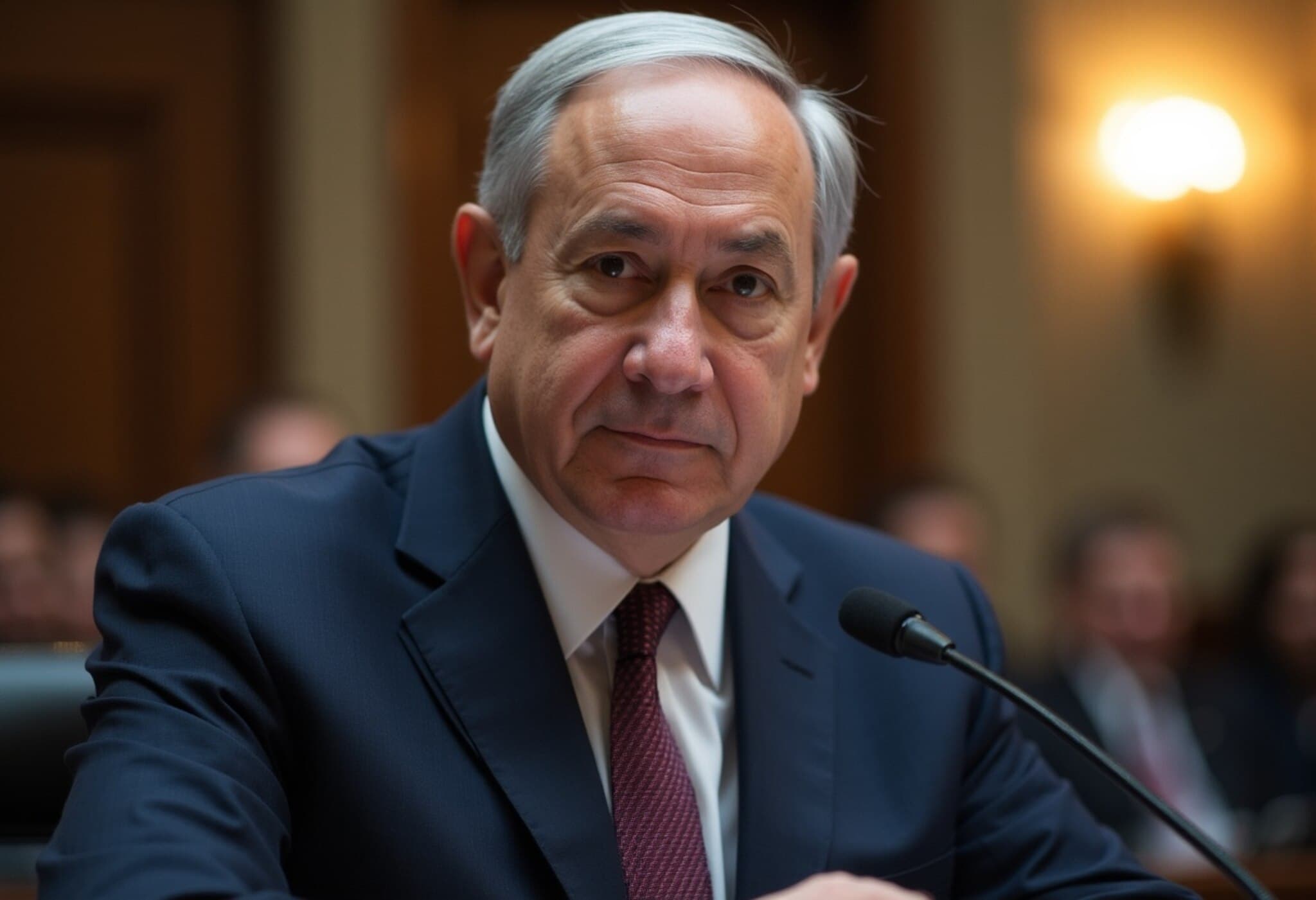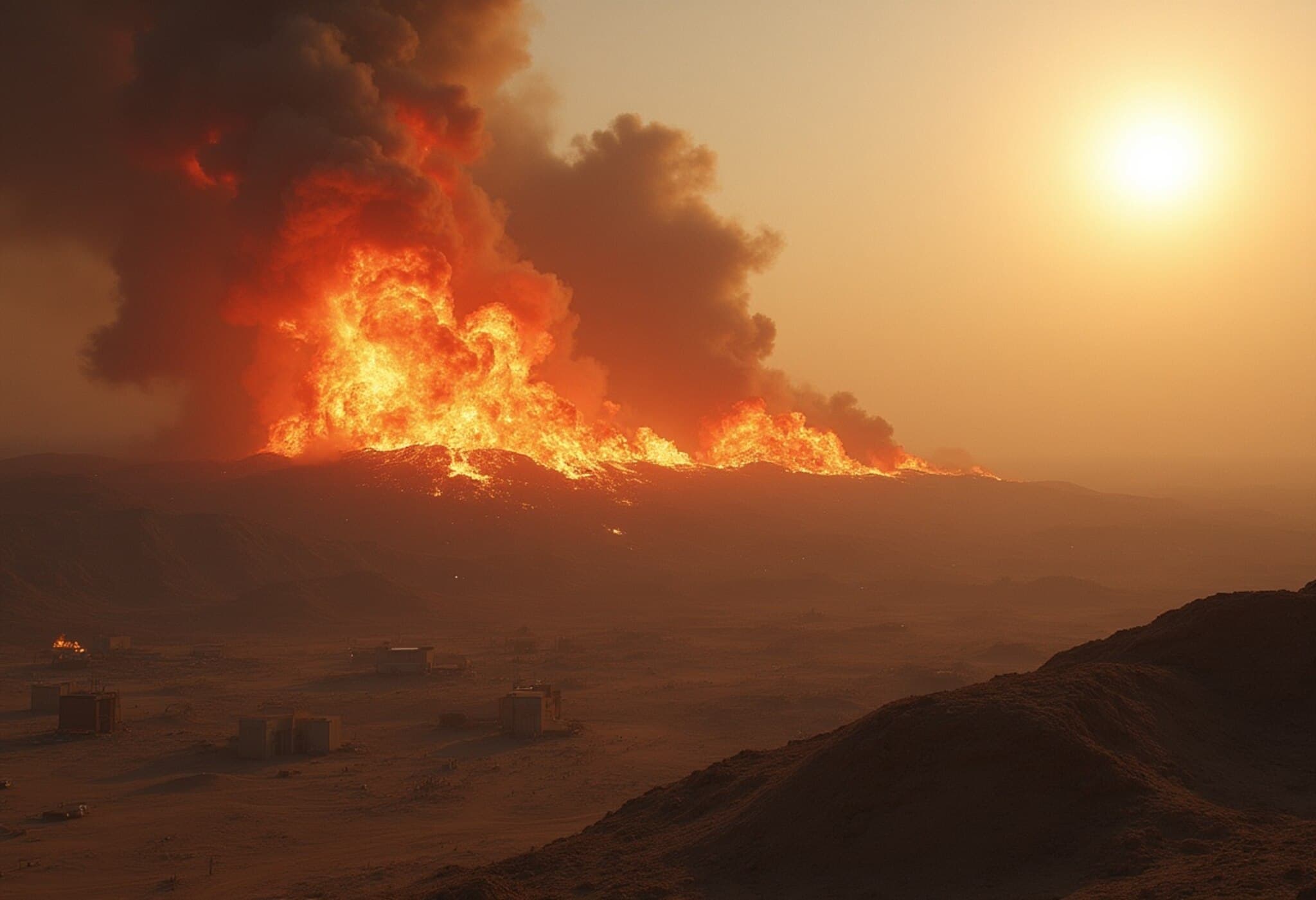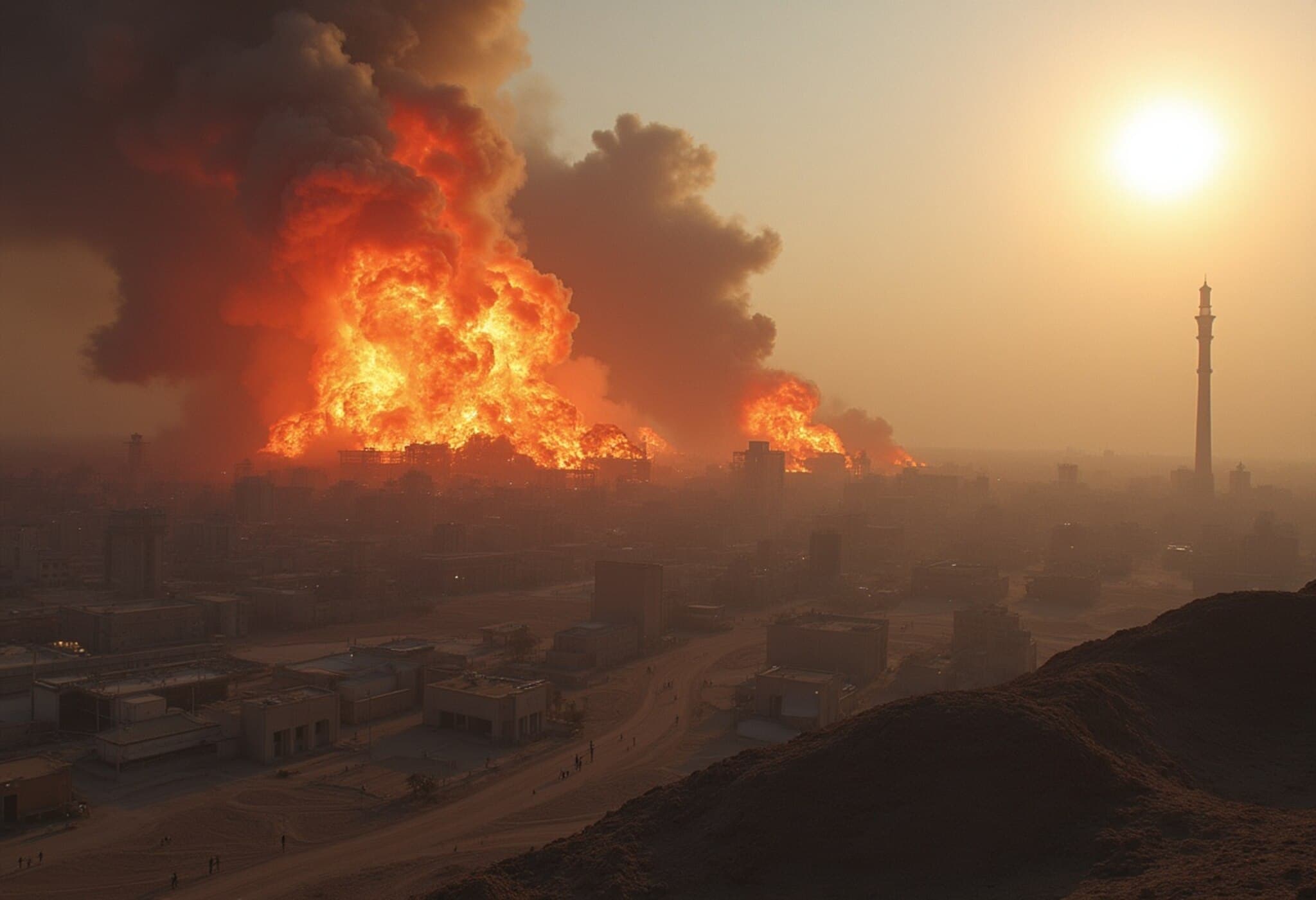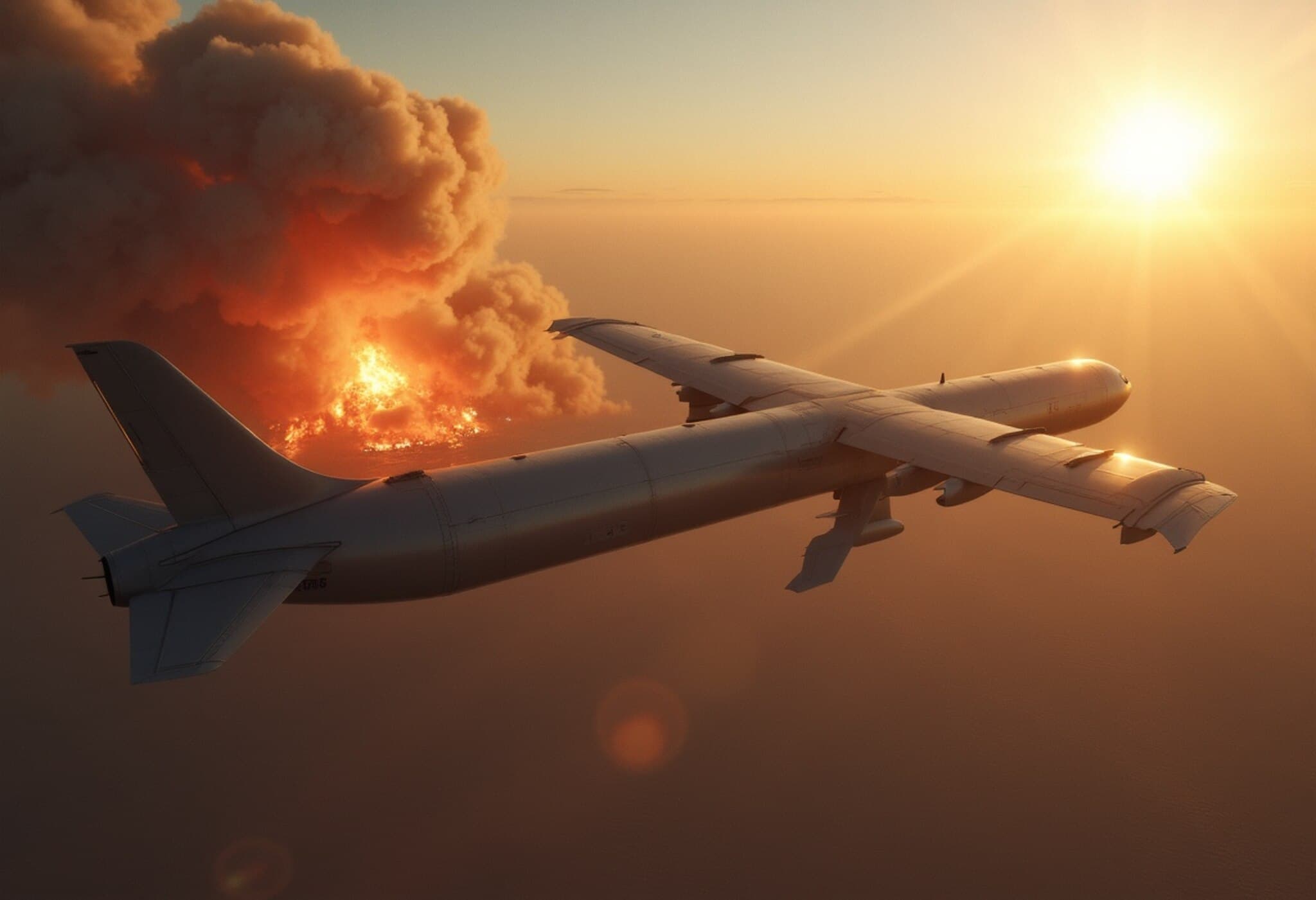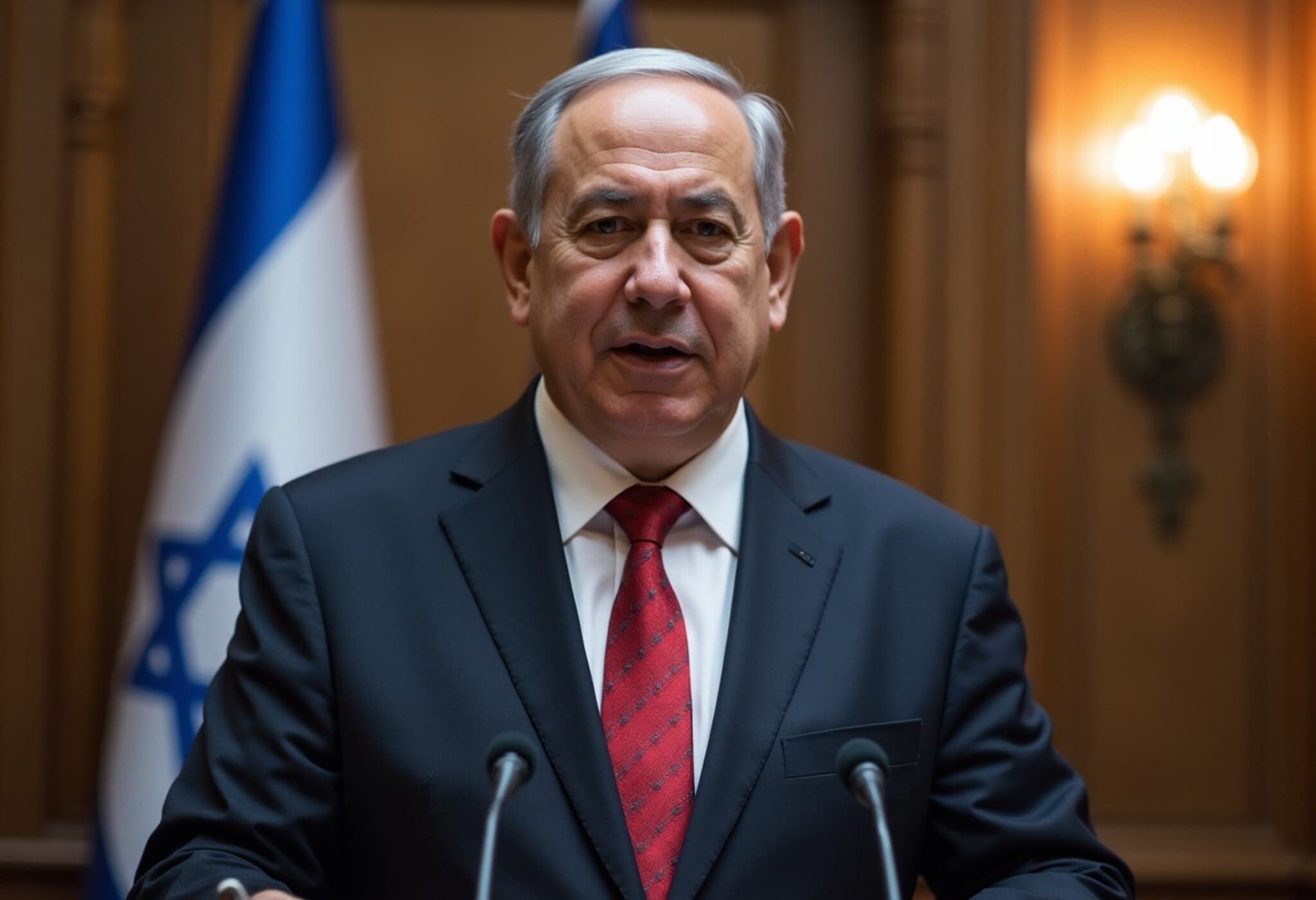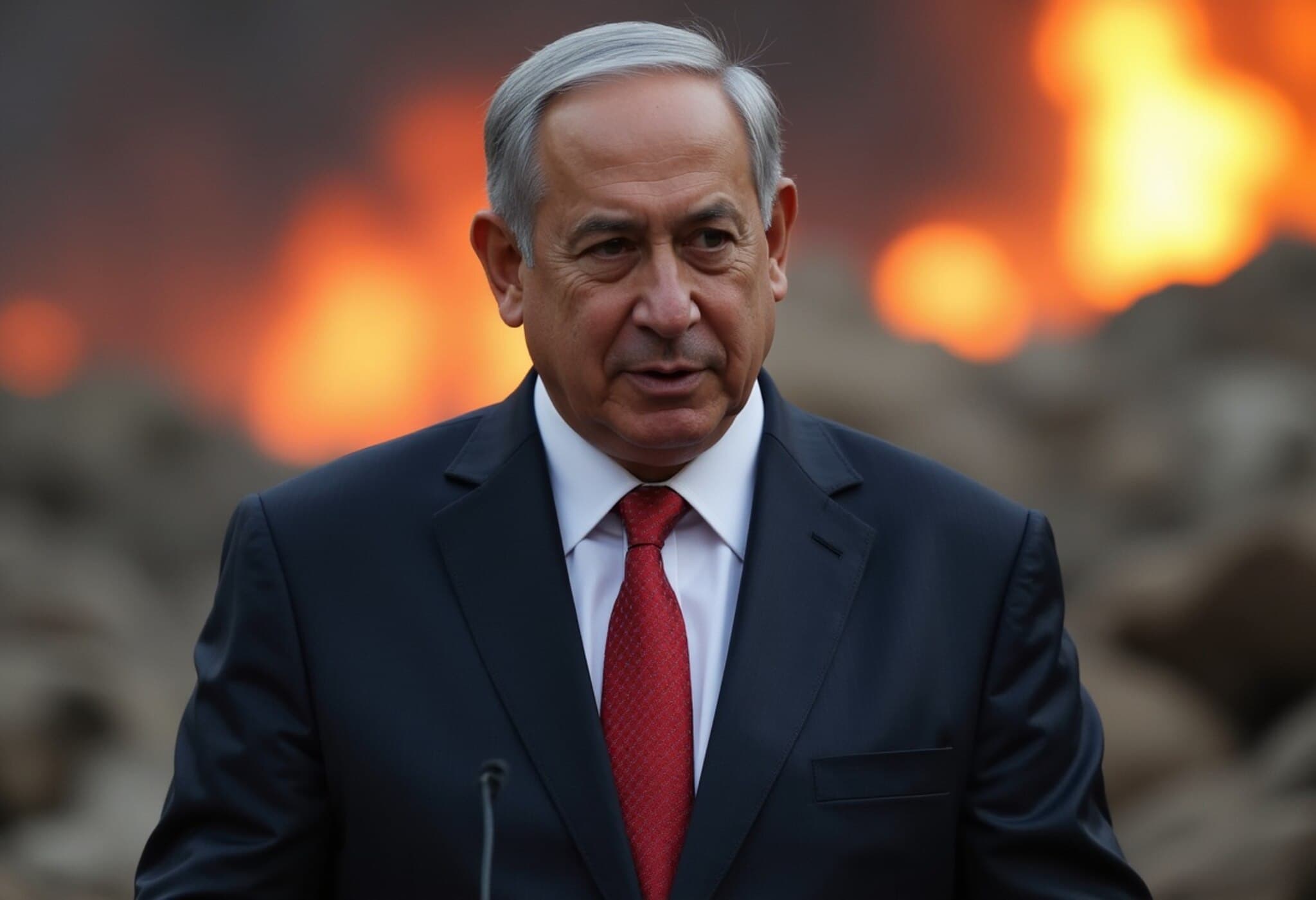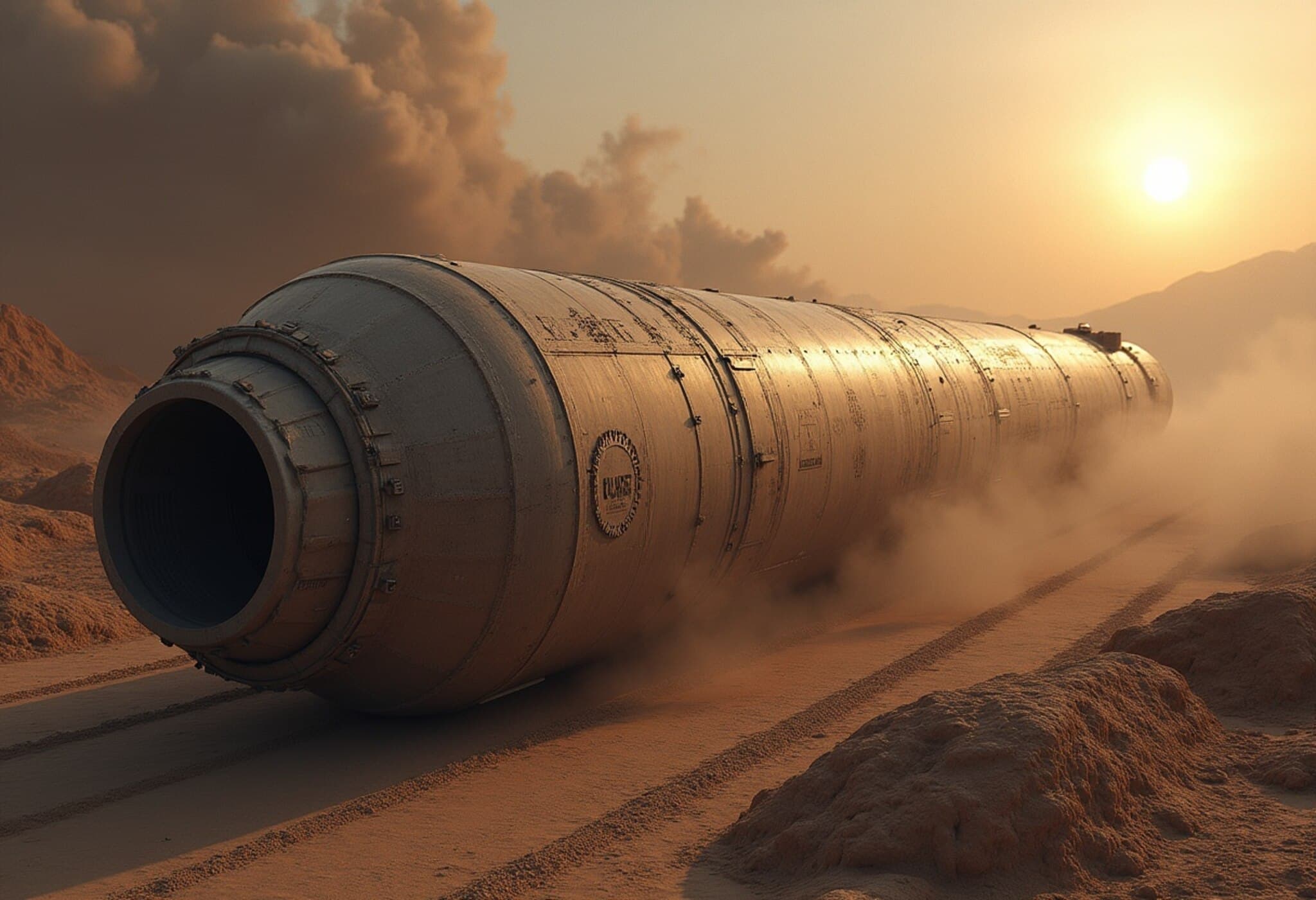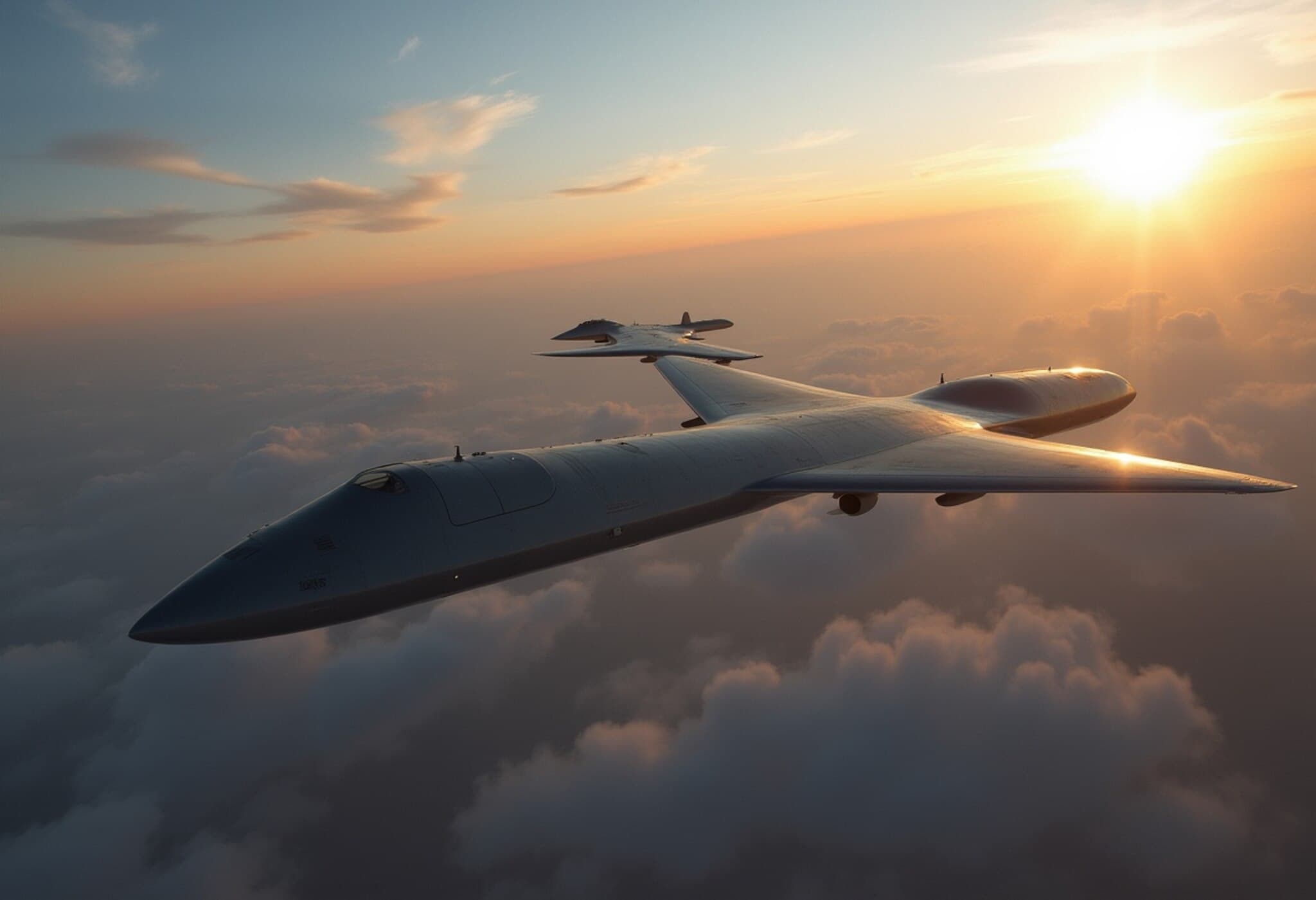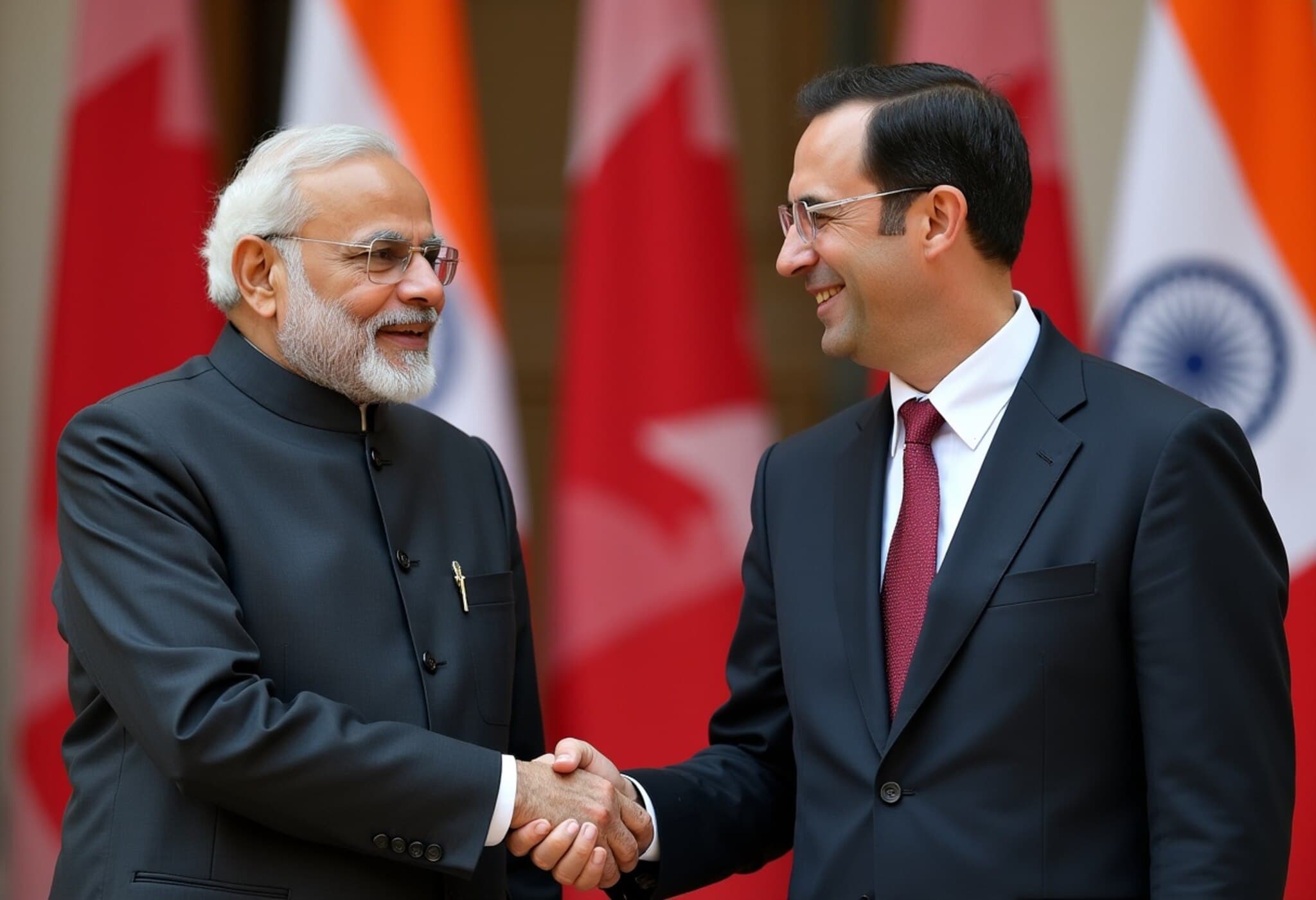The Power Behind the Massive Ordnance Penetrator
As tensions between Israel and Iran intensify, the spotlight turns to the Fordow nuclear facility, a covert site embedded deep within a mountain range in Iran. This heavily fortified location is essential to Iran’s nuclear ambitions and notoriously resistant to conventional airstrikes. Destroying Fordow is crucial in any serious effort to halt Tehran’s nuclear progress. However, only one weapon in the world is engineered to penetrate such formidable defenses: the Massive Ordnance Penetrator (MOP), a 30,000-pound “bunker-buster” bomb exclusively held by the United States.
What Makes the MOP So Formidable?
The MOP is a remarkable feat of military engineering, crafted to obliterate underground targets buried dozens of feet beneath the earth. Here’s why it stands apart:
- Massive size and structure: At 20 feet long and weighing 30,000 pounds, its reinforced steel casing allows it to pierce through thick layers of concrete, rock, or soil before detonating, rather than relying on sheer explosive force alone.
- Exclusive delivery system: Only the stealthy B-2 Spirit bomber, operated by the US Air Force, can carry and drop this gargantuan weapon, emphasizing its uniqueness and precision deployment capacity.
Why the MOP Matters to Israel
Israel’s long-standing anxieties about Iran’s nuclear program have only escalated following reports that Iran has enriched uranium at Fordow to 83.7% purity—alarmingly close to the 90% threshold associated with nuclear weapons capability. While Israel boasts advanced intelligence and air combat systems, it lacks the MOP bomb and the specialized aircraft required to deploy it.
The US has historically resisted providing Israel with the MOP, mindful of the potential for regional escalation. Former US Central Command chief General Joseph Votel remarked on this cautious approach, underscoring the desire to avoid broadening the conflict.
Consequently, the US’s ownership of the MOP acts as a powerful deterrent, signaling to Iran that its underground nuclear sites remain vulnerable despite their depth and defenses.
Israel’s Alternative Strategies Without the MOP
Faced with this limitation, Israel has devised other methods to challenge Iran’s nuclear infrastructure:
- Targeting supporting infrastructure: Disrupting power plants and transmission lines that fuel Fordow could impair its operational capacity without striking the facility directly.
- Covert sabotage missions: Drawing on past experience such as in Syria, Israel might deploy commandos to stealthily sabotage critical components of the site.
- Blocking access points: Destroying tunnels and entrances could effectively isolate the facility, hampering activity within.
The Daunting Challenge of Targeting Fordow
Fordow lies roughly 60 miles southwest of Tehran, carved about 80 meters (260 feet) into a mountainside near the city of Qom. Operational since 2009 and tightly shielded by missile defense systems supplied by Iran and Russia, it remains a tough target.
Recent air operations have reportedly degraded some of these defenses, but Fordow’s remote location and robust protection make direct strikes treacherous. Israeli Prime Minister Benjamin Netanyahu has highlighted the urgency of dismantling Iran’s nuclear and missile programs, naming Fordow a primary target within this broader strategy.
The Geopolitical Implications
With the US President emphatically stating that Iran “should not have a nuclear weapon,” and both Israel and the US aligning closely on confronting Iran’s nuclear ambitions, the MOP symbolizes more than just a weapon—it represents a strategic lever in a high-stakes international chess game. The combination of advanced weaponry, intelligence, and covert tactics defines the current landscape as both nations carefully balance deterrence and action.

